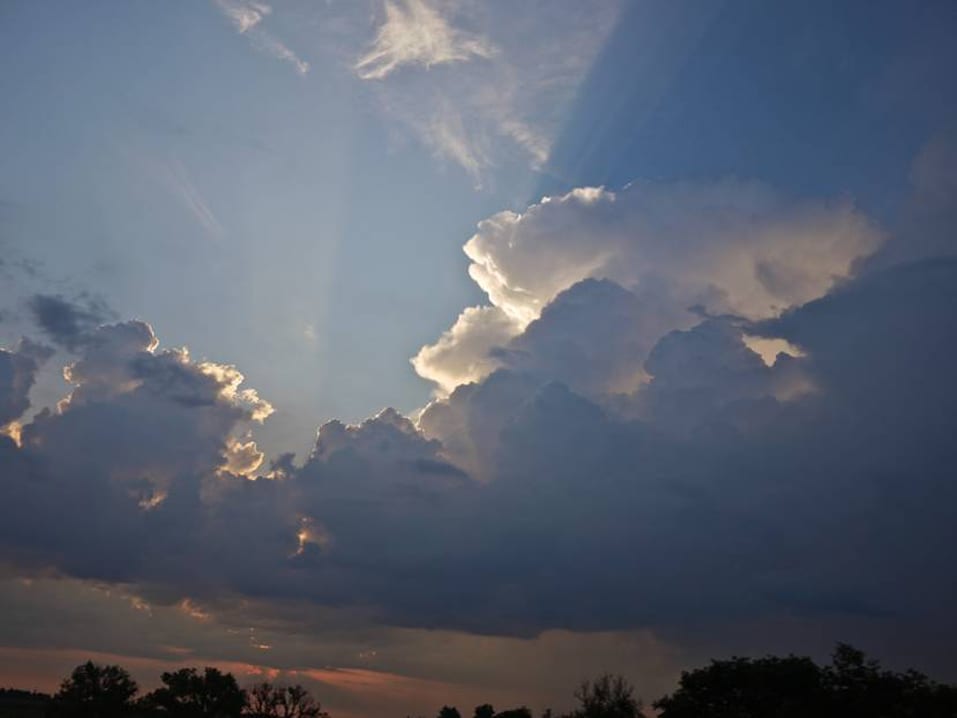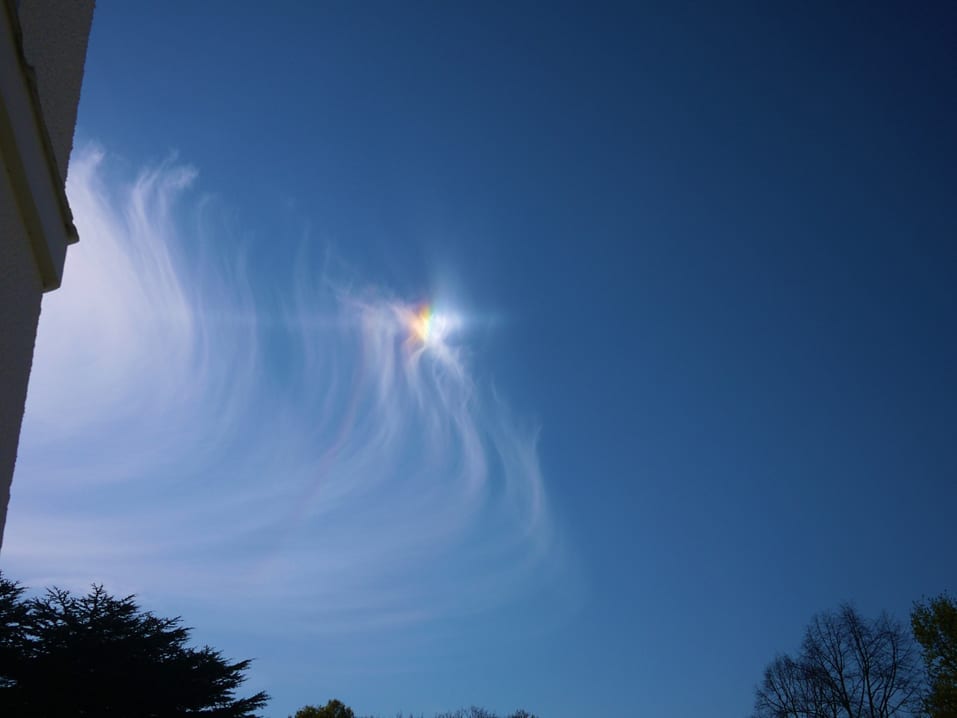Filter By:
Main Cloud Types
- Cumulus
- Stratus
- Stratocumulus
- Altocumulus
- Altostratus
- Cirrus
- Cirrocumulus
- Cirrostratus
- Nimbostratus
- Cumulonimbus
Other Clouds
- Arcus
- Asperitas
- Cap / banner clouds
- Capillatus
- Castellanus
- Cataractagenitus
- Cauda (Tail cloud)
- Cavum (Fallstreak hole)
- Congestus
- Contrail (homogenitus)
- Duplicatus
- Diamond dust
- Distrail
- Fibratus
- Flammagenitus (Pyrocumulus)
- Floccus
- Fluctus (Kelvin-Helmholtz)
- Fractus
- Homogenitus
- Horseshoe vortex
- Humilis
- Incus
- Intortus
- Lacunosus
- Lenticularis
- Mamma
- Morning Glory Cloud
- Murus (Wall cloud)
- Mediocris
- Nacreous
- Nebulosus
- Noctilucent
- Pannus
- Perlucidus
- Pileus
- Praecipitatio
- Radiatus
- Silvagenitus
- Spissatus
- Stratiformis
- 'Supercilium' (not official classification)
- Translucidus
- Tuba / Twister
- Uncinus
- Undulatus
- Velum
- Vertebratus
- Virga
- Volutus (Roll cloud)
Optical Effects
- 22° Halo
- 46° Halo
- Circumhorizon Arc
- Circumscribed halo
- Circumzenithal Arc
- Cloudbow / Fogbow
- Corona
- Crepuscular rays & shadows
- Diffuse arcs
- Green flash
- Glory
- Halos
- Helic arc
- Infralateral arc
- Iridescence
- Lower Sun Pillar
- Lower Tangent Arc
- Moonbow
- Moondogs
- Parhelic circle
- Parry antisolar arcs
- Parry arc
- Parry infralateral arc
- Parry supralateral arc
- Rainbow
- Sub parhelion
- Sub-sun
- Suncave parry arc
- Sun dog (Parhelion)
- Sun pillar
- Supernumerary bows
- Subparhelic circle
- Supralateral arc
- Upper tangent arc
- Wegener arc
A sunrise spotted on a train journey from Moscow to Yaroslavl.
1 thought on “Katherine Ellis”
Leave a Reply Cancel reply
You must be logged in to post a comment.
This site uses Akismet to reduce spam. Learn how your comment data is processed.
A sundog and section of parhelic circle over Strawberry hill House, Twickenham, UK.
4 thoughts on “Katherine Ellis”
-
or maybe it’s just fairy dust! :0)
-
Mark McCaughrean says:
Hmmm, in answer to my own question (!), the purple/white arc could indeed be just a section of the common 22 degree halo, even if the colouration is rather odd. When the Sun is high in the sky, parhelia lie quite some way outside the 22 degree halo: they only lie on the 22 degree halo when the Sun is on the horizon.
An example of this can be seen in a picture of own on Les Cowley’s OPOD:
http://www.atoptics.co.uk/fz683.htm
While the parhelion in that picture of mine lies on the circumscribed halo, outside the 22 degree halo, that’s a coincidence down to the exact geometry at the time I took the picture.
Still, I still find the colour of that arc in your picture, Katherine, rather peculiar, if it is the 22 degree halo.
-
Mark McCaughrean says:
Very nice indeed; lovely saturated colours.
Not quite sure what the purple/white arc is though, starting on the parhelic circle a few degrees sunward of the parhelion, and then curving down towards the lower left; any ideas? Real or an optical effect in the camera?
Leave a Reply Cancel reply
You must be logged in to post a comment.
This site uses Akismet to reduce spam. Learn how your comment data is processed.





Lovely shot, Katherine. You did very well taking this fine view whilst travelling on a train. Thanks very much.
Laurence